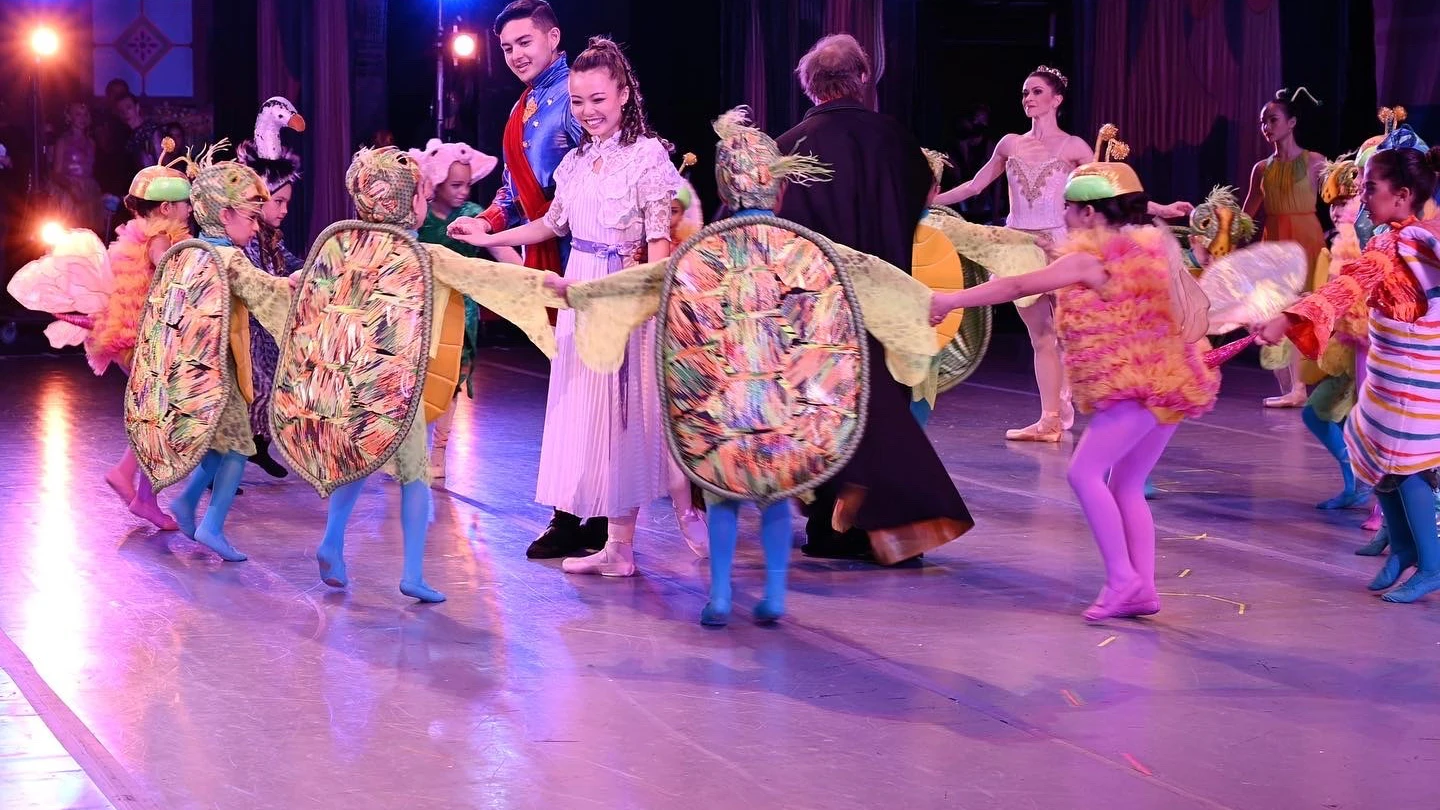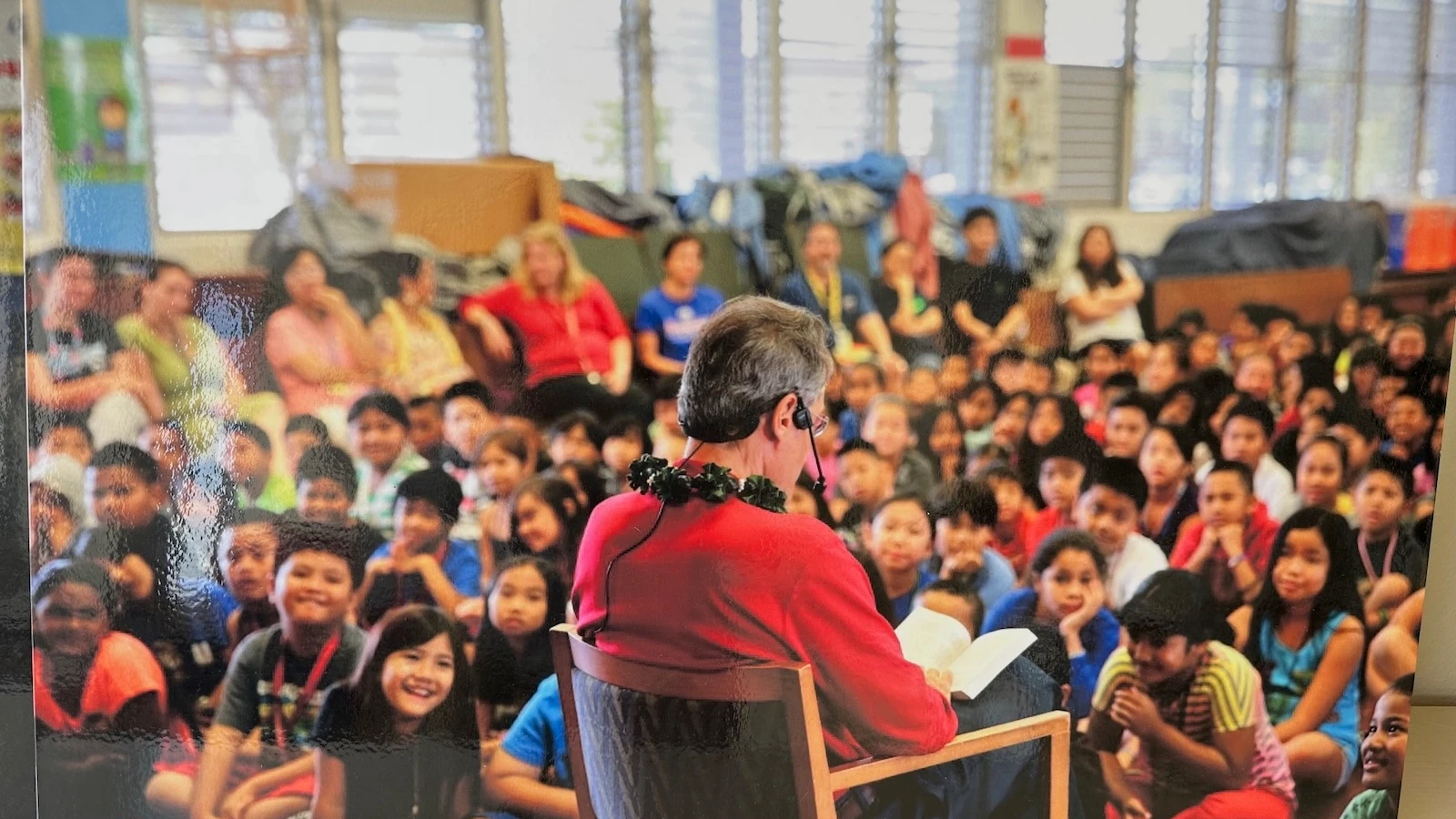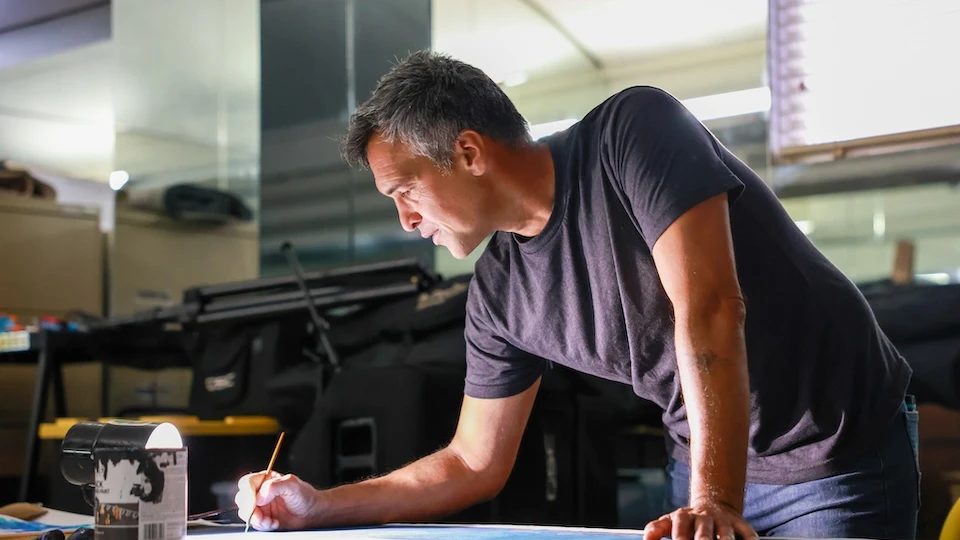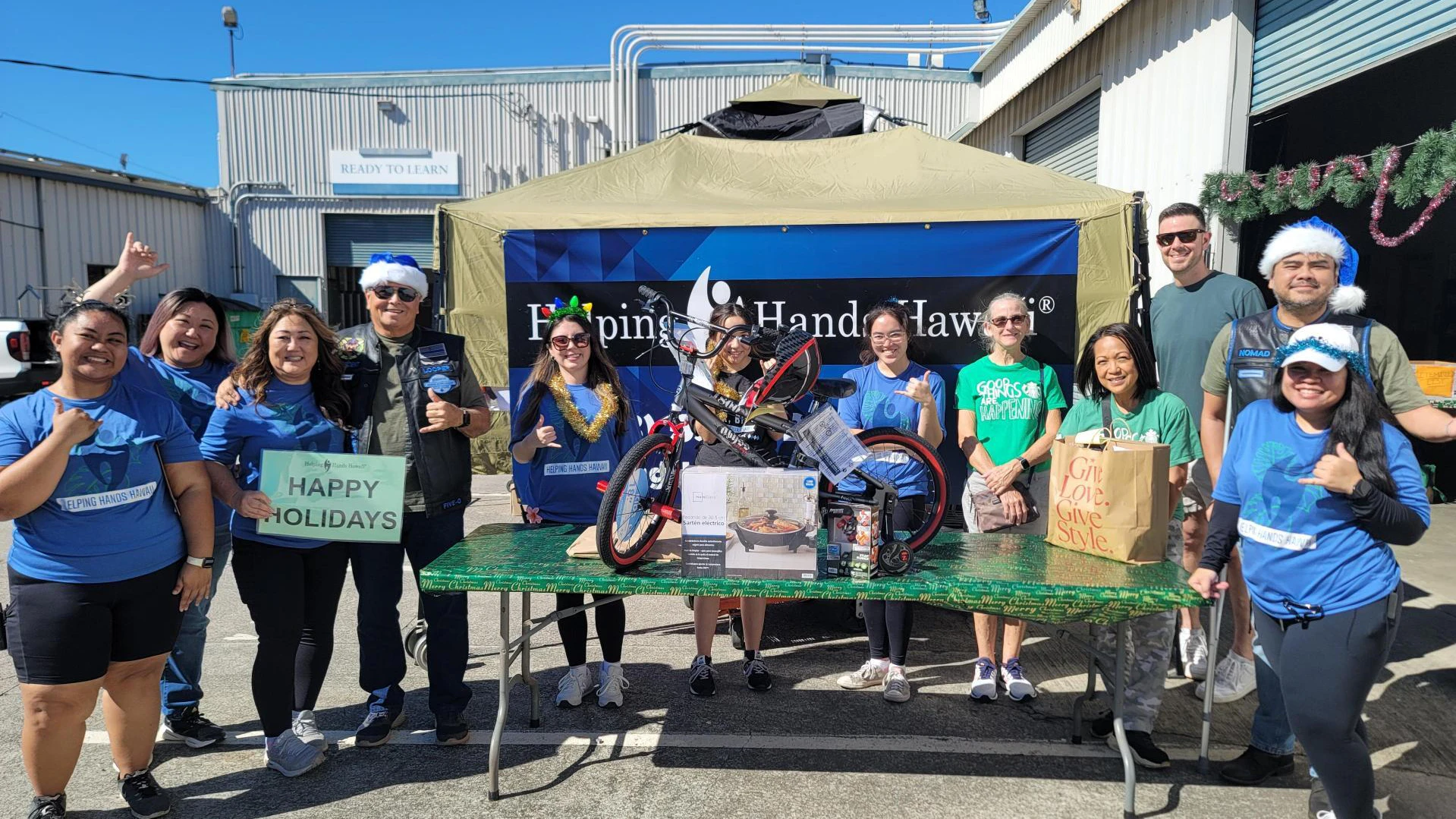Recovery is still unfolding on Maui, according to Keanu Lau Hee, who took on the role as senior director of the Maui Recovery Effort at Hawai’i Community Foundation in July 2024.
“Coming from a perspective of being involved in the fire response and recovery from my previous job, I’m particularly proud of our nonprofit community that has continued to step up and show up for the Maui [fires] survivors and community,” said Lau Hee, who previously served as deputy for both the Maui County managing director, as well as the Office of Recovery. “We’re really fortunate to be part of that journey.”
Two years after the devastating Maui wildfires, HCF’s Maui Strong Fund has raised over $210 million from 240,000 donors across nearly 80 countries, according to the nonprofit. To date, HCF has committed more than $153 million to over 200 local organizations and community-led initiatives, most of which are Maui-based or statewide partners.
In HCF’s Maui Strong Fund two-year impact report, Lau Hee wrote, “We hold close the resilience that continues to shine through in the people of Maui.
The Maui Strong fund was created to meet this moment. From day one, its mission has been to move resources quickly, flexibly and strategically to trusted local organizations. Over the past two years, the fund has grown into a long-term engine for recovery – evolving from rapid relief into a foundation for rebuilding and stabilization.”
Lau Hee shared with Aloha State Daily more about the fund’s overall impact and next priorities, as well as the significance of HCF’s recent $5 million grant made to Maui Economic Opportunity, which last week launched a new program in partnership with Hoʻōla iā Mauiakama Disaster Long Term Recovery Group, providing up to $25,000 in financial assistance per eligible household to cover essential needs.
Why is the timing of this MEO grant important or unique for fire survivors on Maui right now, amid other grantmaking?
Financial assistance that is fairly flexible for survivors is important. So, what we’re seeing is the needs of the survivor community are becoming more individualized. The MEO grant allows survivors, through a connection with a case manager, to access the MEO program, which enable broad funding to help them reach their recovery goals. How it typically works is the case manager works up a recovery plan for those survivors … the needs can vary from car and utility payments to rent and mortgage assistance. The unique thing about the MEO program, consistent with other financial assistance programs, is that the payments are made directly to the vendor. So, there’s a lot of opportunity to provide individualized support.
It is possible that we may increase that grant, but what we seek to gain now is data around what are the outstanding, unmet needs of the community and where we see common themes to think about larger solutions.
How has giving to the Maui Strong Fund been trending?
Consistent with other disasters, we are so fortunate to have generosity from people around the world who gave to the fund. Majority of those dollars came in within the first month or so and we’ve seen decreases over time. While we do continue to have donors who give, those donations are considerably less.
We have other initiatives in place, like our House Maui Initiative. As you can see from our two-year report, the majority of our fund thus far has been allocated toward housing solutions for wildfire survivors, which is very consistent with what we see as the greatest unmet need of our community, even prior to the wildfires.
What are some of your current and long-term priorities?
Over the next few years, we’re going to continue to support case management and the urgent needs of our community – both mental health and wellness, with a focus on the education of our youth, as well as thinking about our impacted workforce. We’re also thinking about how we can help both the renters and homeowners in this post-disaster environment. And then, of course, really looking at the long-term resiliency of our Maui community.
Our community has made considerable strides because we’ve worked together, and that’s been made possible through the support of government, philanthropy and nonprofit partners, as well as the community being good advocates for what they want to see in recovery. Looking forward, we’re going to have to continue working together. There’s a lot more work to be done. But together, we can support our community through this recovery.
For the latest news of Hawai‘i, sign up here for our free Daily Edition newsletter.
Kelsey Kukaua Medeiros can be reached at kelsey@alohastatedaily.com.





